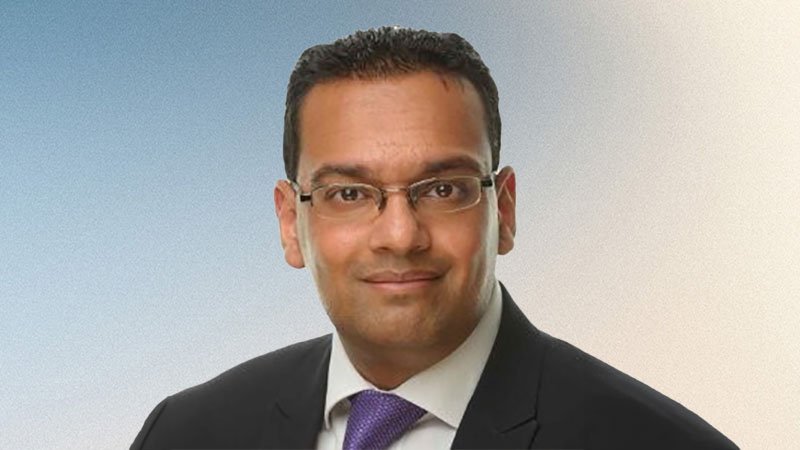By Jinesh Shah, associate director at ISS Market Intelligence
A quiet revolution is under way in how UK fund-of-fund (FoF) managers allocate to fixed income — and it’s gaining momentum.
Passive bond funds, once dismissed as blunt tools for basic exposure to gilts or credit, are fast becoming staples in FoF portfolios.
Where once they were seen as too rigid to navigate the complexities of bond markets, they’re now viewed as essential components of the modern allocator’s toolkit.
Active bond funds still dominate fixed income allocations – but their grip is loosening.
Data from our research tool, MarketPulse Fund of Funds, shows a clear shift over the past two years. In 2022, active bond funds accounted for 46.4% of FoF fixed-income holdings. Today, that figure has fallen to 38.2%. Over the same period, passive bond ETFs have gained nearly five percentage points to reach 27.4%.
Meanwhile, passive mutual funds remain consistently popular, accounting for 30.2% of fixed-income allocations – a figure that has held steady.
Why? Unsurprisingly, cost is a major factor. Fixed income can be a difficult hunting ground for alpha and outperformance, yet active bond funds charge higher fees. In a low-yield environment and the absence of significant outperformance, those fees can quickly erode returns.
Passive bond funds, by contrast, come with significantly lower total expense ratios, helping preserve returns for investors. For many FoF managers, the cost savings alone justify using passive strategies for core exposure.
Transparency is another appeal. Most passive funds offer a clear, rules-based methodology. That gives managers confidence in what they’re buying and how it’s likely to behave.
By contrast, active strategies can be harder to analyse. Performance often hinges on manager timing and judgment. In an age of increased oversight and investor scrutiny, transparency is no longer optional – it’s expected.
Passive funds – particularly ETFs – are also valued for their ease of use. They’re simple to model, easy to explain and offer daily liquidity. For asset allocation teams, that makes them ideal for rebalancing or tactical shifts.
They also require less ongoing oversight, freeing up time and resources for more active bets elsewhere. Crucially, many FoF managers are content with benchmark-level returns in areas where outperformance is rare. Passive bond funds deliver exactly that: consistent, low-maintenance exposure.
Still, passive isn’t a silver bullet – and few FoF managers view it as a wholesale replacement for active fixed income.
Active bond funds remain crucial, especially during periods of market stress. Skilled managers can adjust positioning to help cushion downside risk – something that is more difficult to do with passive strategies.
Active managers also have more tools to manage duration and interest rate sensitivity, giving them greater flexibility in shifting environments.
There’s also the matter of index construction. Traditional bond indices often allocate more heavily to the most indebted issuers, raising concerns about concentration risk. That’s led some FoF teams to explore smart beta or factor-based approaches that tilt toward higher-quality or better-valued issuers.
Despite these limitations, the direction of travel is clear.
Cost pressures on active funds continue to build, while innovation in passive fixed income is accelerating.
Newer strategies – from climate-aligned indices to ultra-short duration trackers and smart beta bond funds – are expanding the options available to FoF managers.
The most likely outcome is an increasing shift towards a hybrid approach: passive at the core, active at the edges. An approach that is also being seen applied to FoF’s equity allocations. Passive equity mutual funds have grown to 30% and passive equity ETFs to 27%
Many FoF managers are combining low-cost index funds with selective active positions in areas where skilled managers can still add value.
In short, it’s no longer a binary choice between active and passive. It’s about using the right tools for the right jobs.

